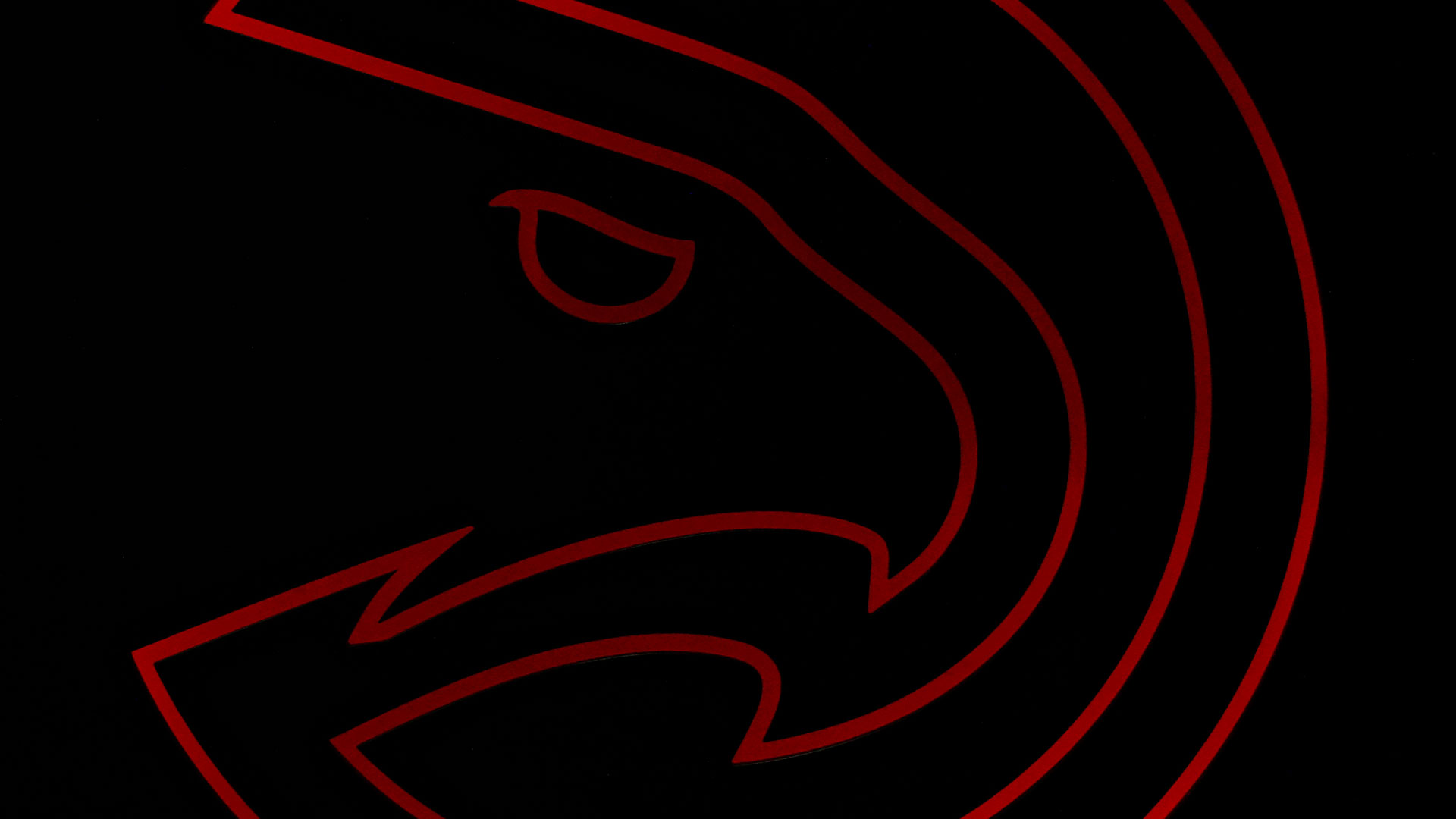Wilt Chamberlain was and is the ultimate what-if, or something close to it.
What he did as a player makes our current definition of “dominant” look skewed and, to be frank, foolish. He averaged over 50 points and 25 rebounds in the 1961-62 season with the Philadelphia Warriors, the year he scored 100 points in a game.
Now, when we re-examine his career, there are so many hypotheticals that come to mind. Chamberlain himself was asked a bunch of them. Back in 1997, Conan O’Brien wondered how Chamberlain would have fared against Shaquille O’Neal.
Stay in the game with the latest updates on your beloved Philadelphia sports teams! Sign up here for our All Access Daily newsletter.
“He plays an entirely different type of basketball game,” Chamberlain said. “He uses his physicality and he’s a big, strong young man, and that works well in today’s game. If he was facing me and other guys of my time, not so good. I’m a guy bench pressing around 600 pounds when I was at my best.”
A 600-pound bench press is an absurd number — the kind you’d need to see to believe — which makes it perfect for Chamberlain.
It's natural to be curious about how Chamberlain’s game would have translated to the current era. Since the Sixers retired his No. 13 jersey 29 years ago today, it seems like as good a time as any to dive into that topic a bit.
(You can watch the full jersey ceremony retirement below, including an excellent opening from Marc Zumoff.)
NBA
Chamberlain’s rebounding likely would have carried over well to the modern game. He led the league in rebounding 11 times — even from ages 34 to 36 as he was wrapping up his career with the Lakers — and averaged 22.9 boards per game overall. In any era, a 7-foot-1, 275-pound player who set High Jump records at the University of Kansas would be a standout rebounder.
We don’t have official numbers on his shot blocking, but it was a trademark skill. He never fouled out of an NBA game and averaged just two fouls per game in his career. That’s impressive, but also suggests he would be prodded to increase his aggression and take more risks today.
If Chamberlain was born 55 or 60 years later, he likely would have been encouraged to diversify his game, to take the touch he showed on his fadeaway jumper beyond the three-point line. There would be more emphasis on drawing fouls, too, on using pump fakes and taking advantage of overzealous defenders. Though free throws were a major weakness for Chamberlain (51.1 percent in his NBA career), he probably would have scored a higher percentage of his points at the foul line.
How much would he score overall? It’s obviously a difficult question to answer. Though Chamberlain played during a relatively high-scoring time — teams averaged 118.8 points per game in 1961-62, compared to 111.4 this season — he was an outlier. He would have played a lot less than 45.8 minutes per game in the name of load management, which would have decreased his scoring average but perhaps prolonged his career.
It’s possible the shift toward three-point shooting would have diminished his post-up opportunities because, for the most part, the post-up is no longer an efficient or popular type of play. Joel Embiid is an exception, though even he attempts almost four threes a game.
Against constant double teams, Chamberlain would have been coached from a young age on how to systematically read the defense, identifying where extra men were coming from, where his teammates were stationed and what the proper reads were. That might not have made a huge difference, since he had natural talent as a passer and had the most assists in the NBA for the 1967-68 season.
One of Chamberlain’s biggest admirers among current NBA players is Embiid.
"To me, the GOAT has always been Wilt Chamberlain,” Embiid told Bleacher Report’s Howard Beck last year. “"He would have been dominant in this era.”
There’s plenty of impressive, borderline mythical evidence to support Embiid’s case.
Click here to download the MyTeams App by NBC Sports! Receive comprehensive coverage of your teams and stream the Flyers, Sixers and Phillies games easily on your device.


